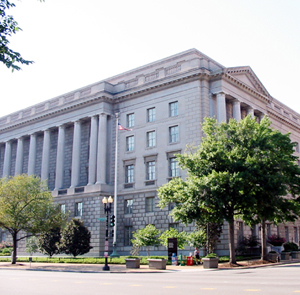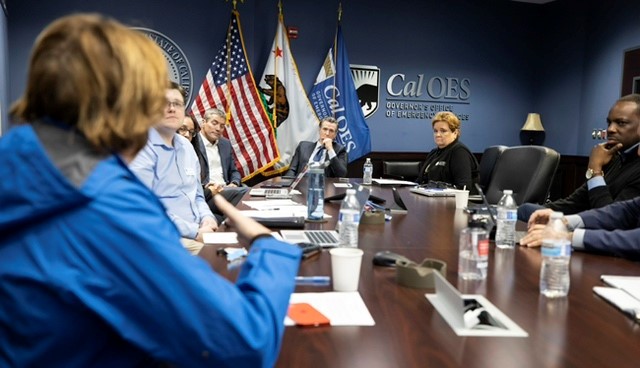Tax deadline extended to Oct. 16 for disaster area taxpayers in CA

By SDCN Editor
Washington, D.C.–Disaster-area taxpayers in most of California and parts of Alabama and Georgia now have until Oct. to file various federal individual and business tax returns and make tax payments. Previously, the deadline had been postponed to May 15 for these areas, the Internal Revenue Service said.
The IRS is offering relief to any area designated by the Federal Emergency Management Agency in these three states. There are four different eligible FEMA declarations, and the start dates and other details vary for each of these disasters. The current list of eligible localities and other details for each disaster is always available on the disaster relief page on IRS.gov.
The additional relief postpones until Oct. 16, various tax filing and payment deadlines, including those for most calendar-year 2022 individual and business returns. This includes individual income tax returns, originally due on April 18; Various business returns, normally due on March 15 and April 18; and returns of tax-exempt organizations, normally due on May 15.
Among other things, this means that eligible taxpayers will also have until Oct. 16 to make 2022 contributions to their IRAs and health savings accounts.
In addition, farmers who choose to forgo making estimated tax payments and normally file their returns by March 1 will now have until Oct. 16 to file their 2022 return and pay any tax due.
The Oct. 16 deadline also applies to the estimated tax payment for the fourth quarter of 2022, originally due on Jan. 17. This means that taxpayers can skip making this payment and instead include it with the 2022 return they file, on or before Oct. 16.
The Oct. 16 deadline also applies to 2023 estimated tax payments, normally due on April 18, June 15, and Sept. 15. It also applies to the quarterly payroll and excise tax returns normally due on Jan. 31, April 30, and July 31.
The IRS disaster relief page has details on other returns, payments, and tax-related actions qualifying for the additional time. Taxpayers in the affected areas do not need to file any extension paperwork, and they do not need to call the IRS to qualify for the extended time.
The IRS automatically provides filing and penalty relief to any taxpayer with an IRS address of record located in the disaster area. Therefore, taxpayers do not need to contact the agency to get this relief. However, if an affected taxpayer receives a late filing or late payment penalty notice from the IRS that has an original or extended filing, payment, or deposit due date falling within the postponement period, the taxpayer should call the number on the notice to have the penalty abated.
In addition, the IRS will work with any taxpayer who lives outside the disaster area but whose records necessary to meet a deadline occurring during the postponement period are located in the affected area. Taxpayers qualifying for relief who live outside the disaster area need to contact the IRS at 866-562-5227. This also includes workers assisting the relief activities who are affiliated with a recognized government or philanthropic organization.
Individuals and businesses in a federally declared disaster area who suffered uninsured or unreimbursed disaster-related losses can choose to claim them on either the return for the year the loss occurred or the return for the prior year. See Publication 547, Casualties, Disasters, and Thefts for details.
The tax relief is part of a coordinated federal response to the damage caused by these storms and is based on local damage assessments by FEMA.
For information on disaster recovery, visit disasterassistance.gov.






